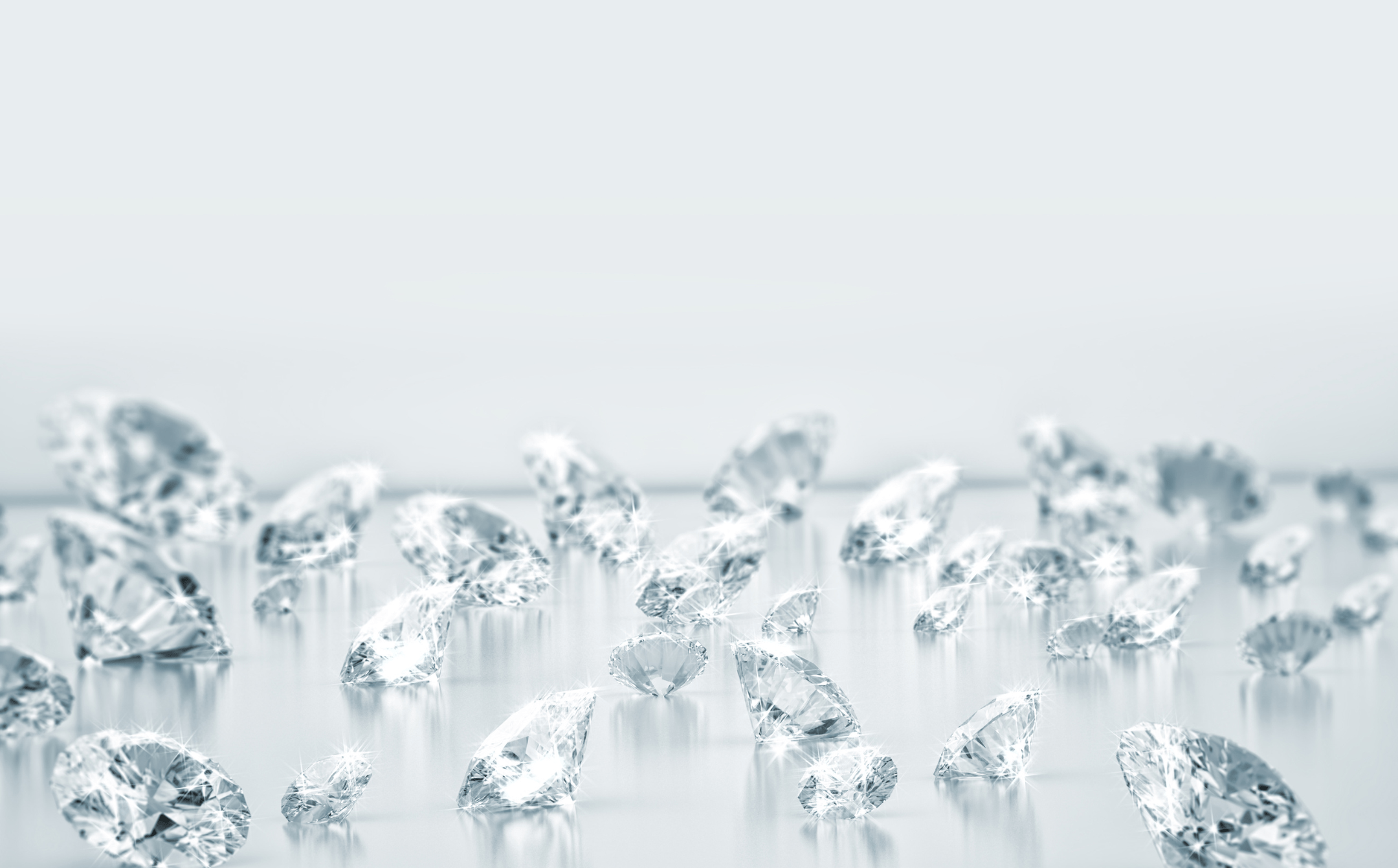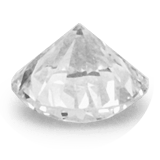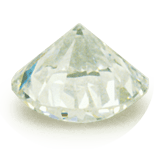
Lab-grown Diamonds are Genuine Diamonds
Why should it be the better choice for your jewelry?
Diamonds have always been viewed as a representation of luxury, commitment, and love. The process of mining diamonds, however, has been linked to issues with the environment, immoral behavior, and the exploitation of workers, including child labor. As a more ethical and environmentally sustainable substitute for mined diamonds, lab-grown diamonds have gained popularity in recent years. We will examine the main distinctions between lab-grown diamonds and naturally mined diamonds in this article, as well as the benefits of choosing a lab-grown diamond.

What are Lab-grown Diamonds?
Lab-grown diamonds are produced in a laboratory setting under controlled conditions that mimic the natural process of diamond formation. Both natural mined and lab-grown diamonds are composed of the same material, which is carbon. Hence, lab-grown diamonds have the same qualities as natural mined diamonds, including exceptional brilliance, high hardness, and a range of colors and clarities.
THERE'S NO DIFFERENCE APART FROM THEIR ORIGIN!
Lab-grown diamonds offer the same physical, chemical, and optical properties as natural diamonds. You can NEVER distinguish the difference between a lab-grown and a natural mined diamonds by its appearance. And not even under high-magnification. Only a gemologist can tell whether a diamond is either a lab-grown or a natural-mined after a thorough laboratory examination and using a specialized laboratory equipment. Choosing lab-grown diamonds means getting high-quality, brilliant diamonds at a better price point while supporting sustainable practices.
The only difference between natural earth-mined diamonds and lab-grown diamonds is their origin.
Lab-grown Diamonds vs Earth-mined Diamonds
HARDNESS
-
Lab-grown
10/10 in the Moh's Scale
-
Earth-mined
10/10 in the Moh's Scale
CHEMICAL COMPOSITION
-
Lab-grown
Carbon
-
Earth-mined
Carbon
INCLUSIONS (IMPERFECTIONS)
-
Lab-grown
Few to none
-
Earth-mined
Can have more
ORIGIN
-
Lab-grown
Laboratory
-
Earth-mined
Nature through large-scale mining
PRICE PER CARAT
-
Lab-grown
$$$
-
Earth-mined
$$$$$$$
A lab-grown diamond is a GENUINE DIAMOND and it is the better choice!
Advantages of Choosing of Lab-grown Diamonds
-

Mining-free
A more sustainable choice with a very minimal to no environmental impact unlike earth-mined diamonds.
-

Column
High-quality and consistent due to controlled conditions during production. They have fewer inclusions and consistent color grading, resulting in a cleaner appearance.
-

Affordable
Generally less expensive than earth-mined diamonds. Experience the same elegance without paying the hefty prices of natural diamonds.
-

Ethically Sourced
No forced labor. Choosing a lab-grown diamond supports an ethical and sustainable industry. Wear your jewelry pieces with a clear conscience.
Lab-grown diamonds have become a more dominant choice for consumers especially to those who are looking for a jewelry that meets their environmental, ethical, and budgetary considerations.
Comparing this to a mined diamond will only make you ask one thing:
WHY SHOULD I PAY FOR A HEFTY PRICE IF I CAN HAVE THE SAME ELEGANCE IN JUST A FRACTION OF THE COST?
The 4C's of Diamonds
These 4 Cs are important to understand when purchasing a diamond as they serve as your guide to discerning a truly beautiful and valuable piece of a diamond.
Carat Weight
The weight of a diamond is measured in carats. Larger diamonds are priced more than smaller ones not only
because of their obviously heavier weight but also due to their rarity.
-
0.30 carat
starting carat weight for IGI-certified diamonds
-
0.50 carat
a good benchmark for engagement ring diamonds
-
1.00 carat
ideal size for engagement rings, priced below 80k
-
1.50 carat
go bigger than a 1-carat, priced around 100k
-
2.00 carat ++
If you have it, flaunt it!
Color
Diamonds are graded on a color scale ranging from D (colorless) to Z (light yellow or brown). The less color a diamond has, the more valuable it is.
Dovetail carries D to G color.
-

D to F
Colorless
DOVETAIL QUALITY
-

G
Near Colorless
DOVETAIL QUALITY
-

H to J
Near Colorless
-

K to M
Slightly Tinted
-

N to R
Very Light
-

S to Z
Light
Clarity
Clarity refers to the presence of inclusions or blemishes in a diamond. Inclusions are internal imperfections, while blemishes are external imperfections.
Diamonds are graded on a clarity scale ranging from Flawless (no inclusions or blemishes visible under 10x magnification) to Included (inclusions or blemishes visible to the naked eye).
Dovetail carries IF to VS clarity.
-

F / IF
Flawless / Internally Flawless
-

VVS
Very, Very Slightly Included
DOVETAIL QUALITY
-

VS
Very Slightly Included
DOVETAIL QUALITY
-

SI
Slightly Tinted
-

I
Included
Cut
A perfectly cut diamond will reflect light and sparkle more, making it more beautiful and valuable. A well-cut diamond is determined by proportion, symmetry, and polish.
Diamonds are graded on a cut scale ranging from Excellent to Poor.
Dovetail carries Ideal and Excellent.
-

Ideal
Best cut grading in the IGI scale for Round Brilliant Cut diamonds
DOVETAIL QUALITY
-

Excellent
Maximum fire and brilliance
DOVETAIL QUALITY
-

Very Good
Very good fire and brilliance
-

Good
Average fire and brilliance
-

Poor
Dull, little fire and brilliance

Dovetail Sustainable Jewelry only offers top-quality lab-grown diamonds in D to G color, VVS to VS clarity, and Ideal to Excellent cut grading. Stones at 0.30-carat and above have laser inscriptions with matching IGI certificates. We are committed to providing you with top-quality, ethically-sourced, and environmental-friendly pieces of jewelry.


















